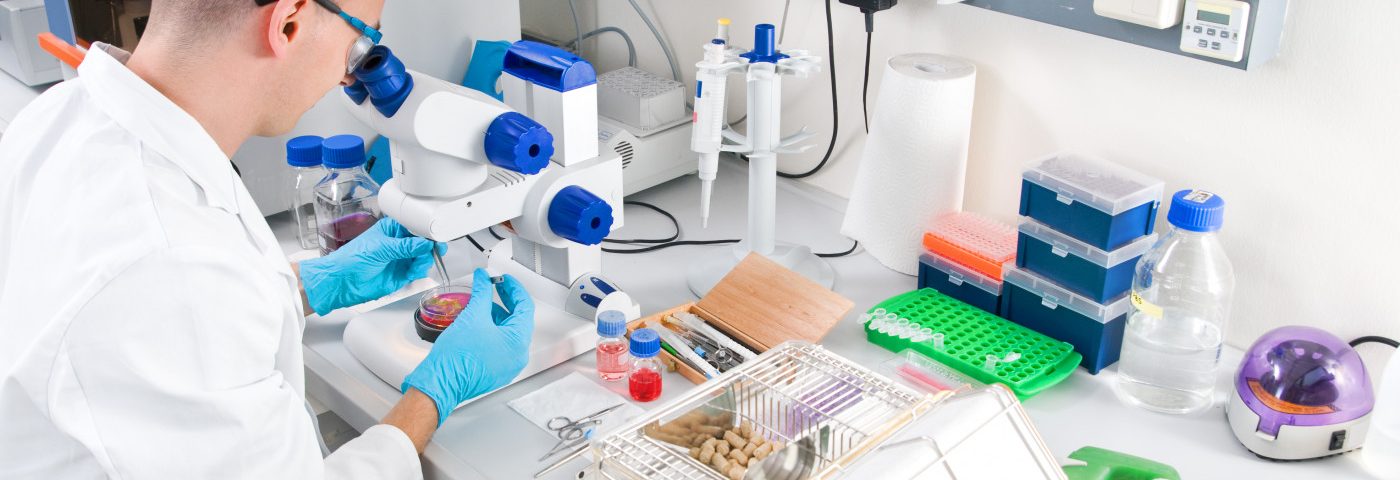Specialized cells of the intestine’s outer lining, called tuft cells, reduced chronic intestinal inflammation in a mouse model of Crohn’s disease when activated by the body’s own gut bacteria, according to a recent study.
The discovery opens the door to potential alternatives to helminthic therapy, in which parasitic worms are used to stimulate a patient’s immune response to reduce inflammation.
The study, “Succinate Produced by Intestinal Microbes Promotes Specification of Tuft Cells to Suppress Ileal Inflammation,” was published in the journal Gastroenterology.
First discovered in the 1920s, tuft cells have recently attracted greater attention for their role in helping to sense parasites and direct immune responses against them.
Researchers at Vanderbilt University noted that countries in which parasitic infections are common have lower rates of Crohn’s disease. Citing anecdotal evidence that parasitic worms called helminths provide therapeutic benefits to Crohn’s disease patients, the researchers investigated how tuft cells could be used to address the symptoms of Crohn’s disease in patients and inflammatory bowel disease (IBD) in mouse models.
The team first needed a way to find the normal count of tuft cells present in the intestine and how many were needed to mount an effective immune response.
Tuft cells have few validated markers. To overcome this challenge, the researchers isolated tuft cells and used single-cell sequencing to identify their most highly expressed (active) genes.
The team was able to quantify the number of tuft cells in intestinal samples from Crohn’s patients, noting a significant reduction in tuft cells among patients and also in mouse models of the disease, compared with healthy individuals or normal mice.
Microbes in the gut secrete a chemical called succinate within the region of the intestine where tuft cells are found — in the ileum (the last part of the small intestine). When investigators depleted intestinal bacteria in mice, they observed that the number of tuft cells also declined, leading them to reason that tuft cells might respond to succinate levels produced by bacteria.
The team tested its hypothesis by feeding succinate to mouse models of Crohn’s-like disease. Succinate was added to the animals’ drinking water.
Results showed that giving succinate to mice led to an increase in the number of tuft cells and appeared to reverse the course of intestinal inflammation.
“We found that tuft cell expansion reduced chronic intestinal inflammation in mice,” the researchers wrote, adding that “strategies to support tuft cells might be developed for treatment of [Crohn’s disease].”
“Without much known about this rare type of cell [tuft cells], we have been able to answer fundamental questions about how they are produced,” Amrita Banerjee, the lead author of the study, said in a university press release.
Based on the results, by increasing the production of tuft cells, a specific immune response is triggered that leads to the reversal of “the course of intestinal inflammation,” said Ken Lau, PhD, the study’s senior investigator.
“Next we will be looking closely at the mechanisms that enable tuft cells’ functionality and how it can be clinically applied,” he added.
Lau has filed a provisional patent application based on this research.

